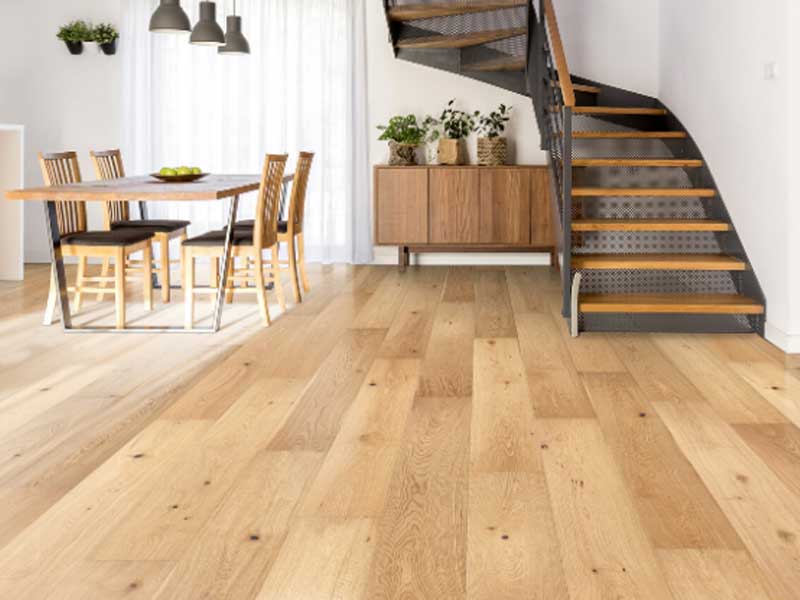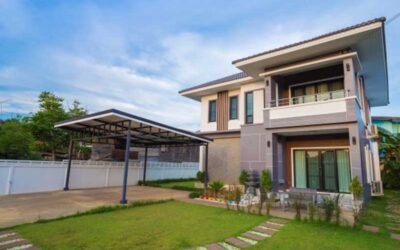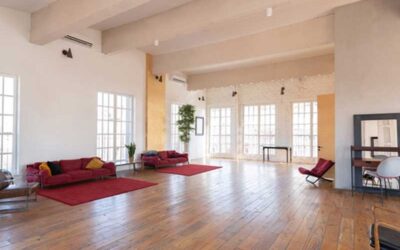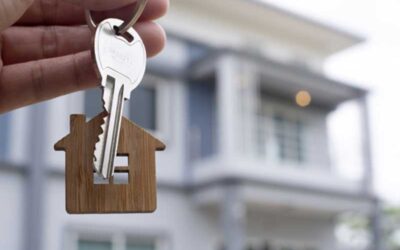When to use Engineered Woods Floors

When to use Engineered Woods Floors
After reading about the different characteristics of a variety of solid plank hardwood floors, we’ll go over the things to consider before installing.
Once installed, an engineered wood floor can be challenging to distinguish from a solid plank floor. Although they are almost identical to the eye, they are very different things.
One of the main characteristics is that engineered wood floors tend to be easier to install and are often less expensive than solid planks.
While a well-done and adequately installed hardwood floor will add warmth, character, and value to your home, nothing too different happens with engineered hardwood floors.
Another thing to take into account are the characteristics of the different woods. Understanding these characteristics will be of vital importance in choosing the right wood floor.
Engineered wood flooring was initially developed for use on the first floor of a house built on a concrete slab or a basement. These days, thanks to technological advances, they can be used almost anywhere, even where you would expect to find plank flooring.

Manufacturing Characteristics
Due to its manufacturing process, engineered wood floors have a higher tolerance to humidity and remain more stable over time than wood plank floors.
A high quality engineered wood floor is made up of multiple layers. The top layer is the desired wood, and the thicker, the higher quality and costs the floor will have.
One thing to keep in mind is that when the topcoat is thin, it is complicated to repaint the floor if necessary. It is recommended that it be between 2 and 6 mm thick so that this does not happen.
Depending on the number of layers below the top layer, the floor’s cost and quality will also vary. You can find floors between 3 and 12 layers of wood, smooth white or plywood. That is why it is necessary to pay attention when buying an engineered wood floor, both to the upper and lower layers.
There are cases where the thickness of the wooden engineering floors must be made thinking about the transitions that occur when crossing from one area to another. A tile floor can be well-matched with another engineered wood.
Note that the thicker, 3/4 “thick (2cm) versions can be nailed into a wood subfloor, the same way you would install a plank floor. Engineered wood floors with a thickness less than 3/4 inch (2 cm) can be pasted.
If sustainability is one of your priorities, engineered wood flooring tends to be a more sustainable option. The trees that need to be harvested to make a wood slat floor go much further if only a 6mm thick veneer is placed on each board. There is also a lot of innovation in sustainability that is applied to the sublayers.
Summarizing
An engineered wood floor can last from 20 to 100 years, depending on the top veneer’s thickness. A good quality engineered wood floor won’t affect your resale value but using a cheap one will.
The characteristics of the wood will influence the longevity and strength of an engineered hardwood floor.
Advantages: Can be used in places where wood plank flooring cannot be used; it may be a more sustainable option; they tend to cost less than solid planks.
Cons: Inexpensive versions of this product won’t last long. Beware of low prices.
Related Articles
Related
How to Sell Your House in 2021
Whatever your reason, We have prepared a complete guide on the steps to follow and what to expect from the housing market in 2021
6 Must Do, Before Selling Your House
If you want to maximize your sale, it´s vital to put in a little work before listing the house. Here you have some tips from Us.
Are You Ready to Buy a House?
Buying a home is an important event that many people dream of one day. It is essential to consider several factors before do it.



